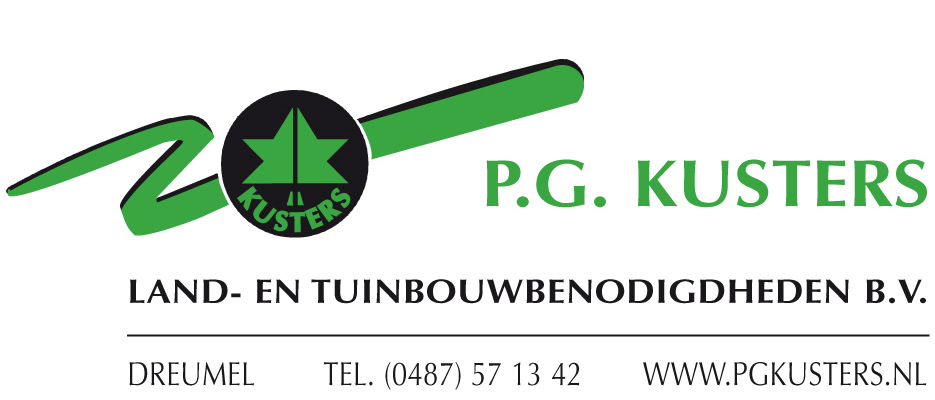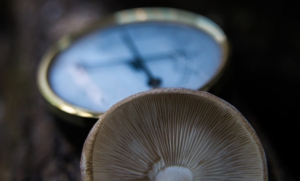Wet compost and wet casing, a tricky combination
It looks like we are not going to have any winter this season in Europe. On the contrary. It is very wet and humidity is very high.
This has its reflection on compost and casing.
If raw materials for compost are stored outside or under just a roof, they are evaporating less water and in the same time some materials get wet by the rain.
Climate control
A good climate control is of course vital for every mushroom grower even more if you want to stand out with the quality of the mushrooms. One of the most asked question I get as consultant is: How can we get better quality and how can we keep the quality of the mushrooms good until the end of the flush? Now, of course the quality at the end of the flushes will always be less than at the start, no illusions there. But improvements are always possible and most of that you can get from an ideal climate.
Before we had more advanced climate installations with more options, we always controlled the rooms on Air temperature, Relative humidity and CO2. However, with the new systems coming on the market there is a lot more to learn than we think and controlling rooms, especially in harvest stage, on moisture deficit, inlet moisture control and even measuring systems for evaporation are used.
To understand the difference between all the systems you need to know exactly what the Mollier Diagram stands for and if you manage to run the system well you will see advantages, especially in quality of the mushrooms. The Mollier Diagram is crucial in mushroom growing and climate computers make the changes in the room based on that Diagram with the Absolute humidity (AH) as the biggest factor. Let’s me explain a little bit more about of those controls, the moisture deficit.
As we are changing air temperatures in the flushes you will see in the Mollier Diagram that that will create differences in evaporation as we change the temperature but leave the RH the same, with other words, we change the AH. By controlling on moisture deficit we will maintain a constant evaporation, what will benefit the quality of the mushrooms, no matter what the temperature differences are. The computer will calculate the right RH for the current air temperature, to keep the same evaporation in the growing room.
Moisture deficit is the difference between the current absolute humidity in the room and the maximum possible absolute humidity at the same air temperature. Once this value is constant the evaporation capacity of the air is also constant.
To use this in a practical situation of course first of all you need a climate control computer that supports the moisture deficit system and change it from RH to moisture deficit control, in the computer that will be named as Absolut humidity control. Ideally this is linked with humidity control of the inlet air to get the best benefit. The mushrooms will have a constant evaporation and that will benefit the quality as changes in evaporation will disturb their growth. The mushrooms will get less water stems and go softer in a later stage what would give an extra picking days benefiting the yield as well as quality.
I recommend to change the computer 1 day before you start harvesting the flush from RH control to moisture deficit control. When you changed the control, set the AH in the computer so that the RH is at the same level as you normally run it in the flush. So if you normally run the flush on 17.5 degrees and 89% RH, keep the air temperature the same and set the AH so that he calculates the 89% RH as set point. Keep 0.2 difference between minimum and maximum AH. From that moment forward you let the computer calculate the right RH and change the air temperatures as you normally do, until the end of the flush. After the flush put the system back to RH control.
The only way to find out is try other controls to improve quality. Many option are out there and based on results on other farms worth trying. If you start and are seeing any improvement? Learn more and keep doing trials, good luck.
Erik de Groot
This email address is being protected from spambots. You need JavaScript enabled to view it.
Floor humidity and the effects
Floor humidity
If you want to maintain a natural climate in the growing room during the recovery period until about five days after ventilation you should water the floor and walls of the growing room. Do this at intervals of between one and six hours. You will notice the result as a shock effect in the graph displaying the RH and growing room temperature. I will explain what is actually happening and how to avoid a shock effect.
The effects of floor humidity
If you stand in the growing room while the watering system is wetting the floors and walls you will see several things happening. The watering system contains nozzles which moisten the floors and walls with water droplets and it also creates tiny, airborne droplets of water. If you shine a torch you will see the little water droplets floating in the air. Eventually the droplets fall onto the beds and the sensors of the climate computer. This has two disadvantages:
1. Climate disruption
The water droplets which fall on the sensors are cold. They disrupt the climate, which causes a response from the computer. The effect is minimal but your aim is to keep the climate as constant as possible. This uses the least energy.
2. Abnormalities
The water droplets fall on the beds where the mycelium is recovering. These water droplets disrupt pinning, resulting in cluster-shaped abnormalities which develop before the first flush.
How can you prevent this?
Make sure that there is sufficient water pressure (see photo) while the floors and walls are being wetted. In this way you prevent the droplets from floating in the air. In addition, make sure that the whole floor is wet. This approach means that the floors dry out less quickly, ensuring that the climate in the growing room is more uniform and favourable for growth.
Mark den Ouden
Next courses:
Live training Mushroom Signals Essentials: 12 – 16 October 2020
The e-learning course offers the theorical knowledge of the Mushroom Signals book that is necessary for the live training sessions. During live training, all participants have the same basic knowledge, so there is plenty of time to deal with individual questions. This is not only valuable for the participant but sharing knowledge between the trainer and the other participants makes the theory more relevant. The everyday practice at the composting facility and the mushroom farm of the participants will also be discussed.
Other courses in 2020: 30 November – 4 December 2020.
Always available:
E-course Mushroom Signals Essentials
More info about the course see www.mushroomoffice.com























